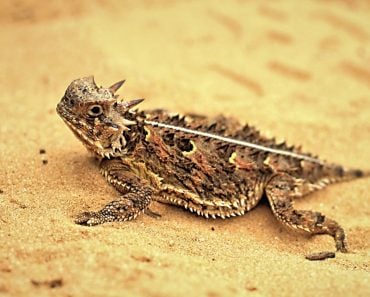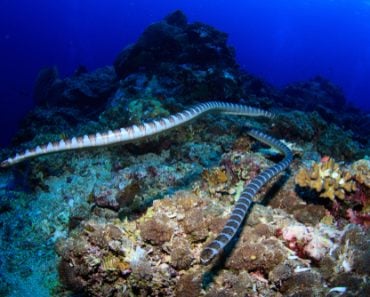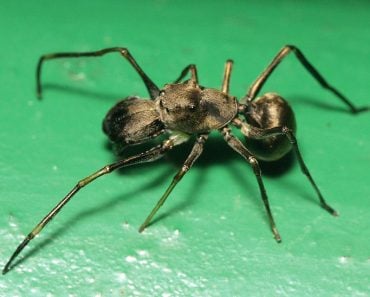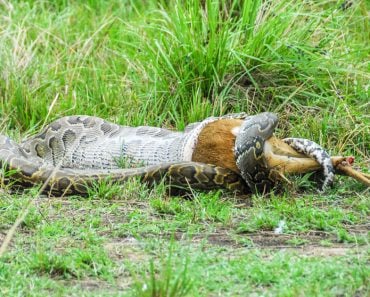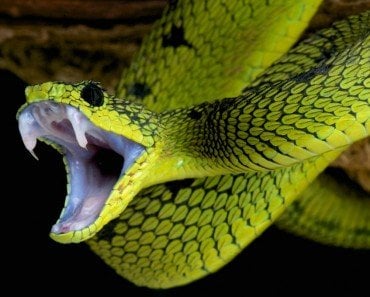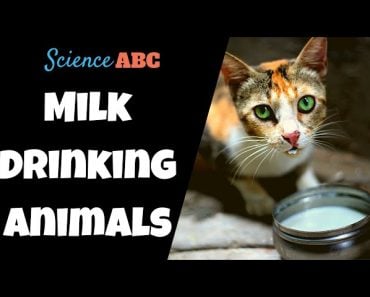Table of Contents (click to expand)
Milk snakes are beautiful creatures with distinctive colors and unique patterns that set them apart from all other slippery serpents. They are often confused with the highly dangerous coral snake, but they pose no inherent danger to humans, as they are non-poisonous. On the contrary, they are quite popular as pets and are bred and kept in captivity by snake lovers around the world.
Milk snakes are beautiful creatures with distinctive colors and unique patterns that set them apart from all other slippery serpents. They are often confused with the highly dangerous coral snake, but they pose no inherent danger to humans, as they are non-poisonous. On the contrary, they are quite popular as pets and are bred and kept in captivity by snake lovers around the world.
Milk snakes are a species that belongs to the King Snake species and the genus Lampropeltis. In Greek, this translates to “shiny shield”, which is an apt name for the genus, as it does have a very glossy appearance.
With that in mind, let’s begin with its appearance and how easily it is confused with venomous snakes.
Recommended Video for you:
Milk Snake Facts
The appearance and coloration among the 24 subspecies of milk snakes vary to a great extent, but they do share a common trait, namely that they all have bands on their bodies. These bands come in various colors, the most popular ones being white, black and red. The area between the bands is almost always white, yellow or orange, while the edge of each band is generally outlined in black. Beautifully, there is no discernible pattern in the bands, just the remarkably eye-catching style of milk snakes!
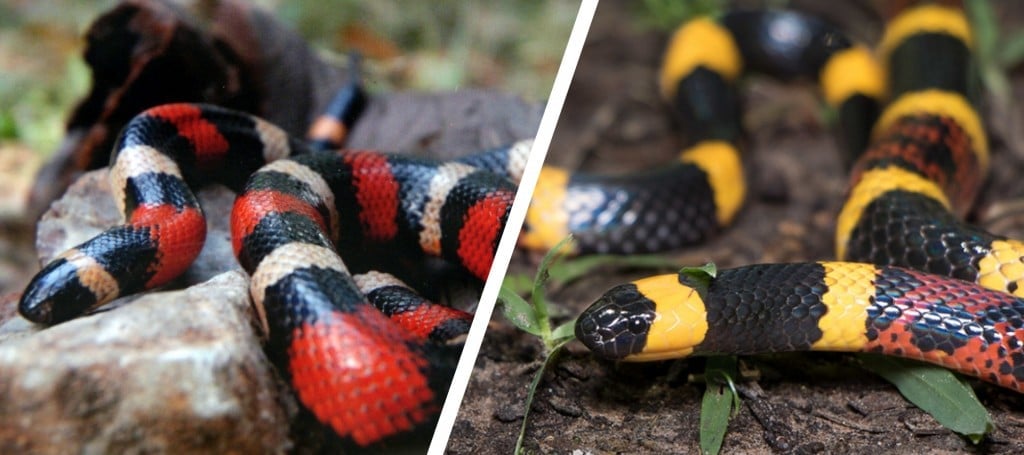
The length of a milk snake may range between 14 and 69 inches. The largest ones are primarily found in Central and South America. The average size of the milk snakes in the United States and Canada is usually around 51 inches, at the high end. Milk snakes typically have 19 to 23 rows of scales, which are incredibly smooth. Unlike most animals, the overall body growth in both sexes is relatively equal, so the different genders possess no significant differences in terms of body structure (length, weight or colour), apart from their reproductive organs.
These beautiful snakes are usually mistaken for copperheads or coral snakes, which are highly dangerous and lethal. However, milk snakes use this to their advantage as a defence mechanism; having the appearance and nature of copperhead and coral snakes certainly keeps enemies at bay! This kind of mimicry, where a harmless species mimics a harmful species, is known as Batesian Mimicry. Although it is a brilliant defence strategy, it does become counter-productive when humans unnecessarily kill these snakes due to their similarity to dangerous, or potentially lethal snakes.
Behavior And Diet Of Milk Snakes
Milk snakes are primarily nocturnal and mostly active at dusk and during the night. The only time they venture out during the day is when it’s either wet or cold. When the temperature rises, they tend to hide or seclude themselves under logs, rocks or burrows. In the winter, milk snakes go into a state of brumation in communal dens. Communal dens are usually rock crevices in which several snakes huddle together to share body heat and more effectively regulate their body temperature. Brumation is very similar to hibernation, but the animal will wake up intermittently to consume water during brumation.
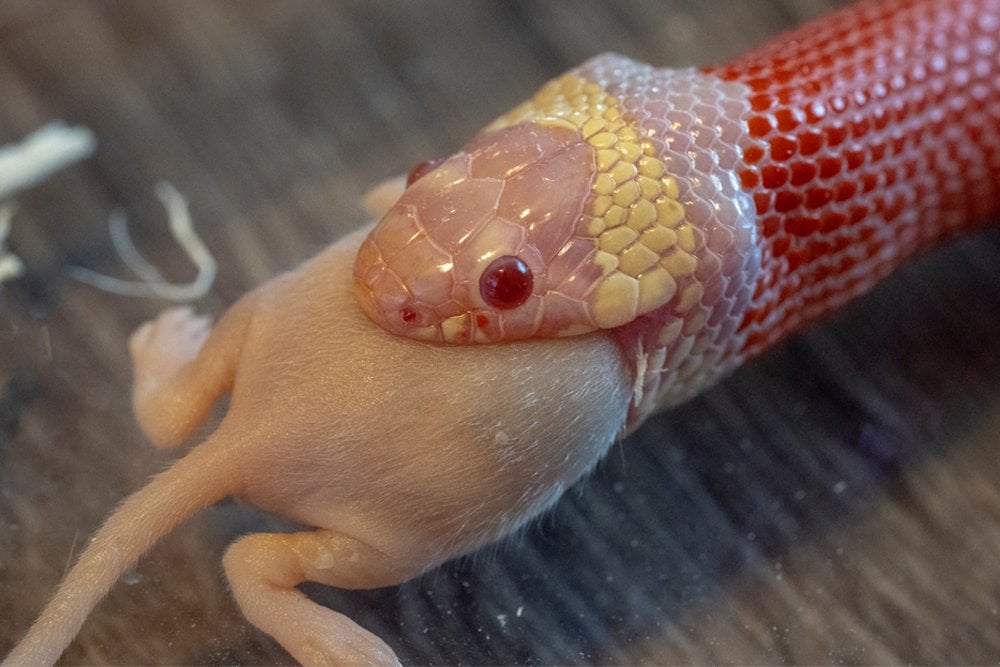
Milk snakes are primarily carnivorous, and they consume a wide variety of prey, including mammals and birds. Their most common food source is mice, rats, voles and other rodents that are primarily found in agricultural areas. They even eat lizards, snakes, snake eggs and bird eggs. When food is less readily available, they may also consume their dangerous look-alike cousin, the coral snake!
Are Milk Snakes Pets?
When it comes to pets most wouldn’t consider snakes to be the ideal pets to keep in their house. But there are a select number of people who do keep snakes as pets. Most hobbyists as beginners tend to prefer to keep non-poisonous snakes, in the beginning, to garner the confidence to keep snakes as pets, and the snake which tops the list when it comes to the preferred choice is milk snakes. This mainly due to their beautiful colouration which one can obtain them with it and also as stated they are non-poisonous.
The two of the most preferred types are the Honduran milk snake and the Eastern milk snake.
Honduran Milk Snake
The Honduran milk snake can be found native to Costa Rica and it derives its name from the place it is most commonly found in Honduras. They inhabit low to medium elevations of the sub-tropical rainforest and grassland, usually among the leaf litter present on the ground.
Being so close to the equator, the climate in their habitat sustains less seasonal variation. These snakes are found from sea level up to 5,000 feet in higher mountainous terrain. They are the most bred kind of milk snake in captivity and are to a certain extent on the easier side of handling.
Eastern Milk Snake
The Eastern milk snake is considered as a pretty snake, of the many subspecies of milk snake, the eastern is a bit tougher to handle for beginners than its counterpart. It has a reputation, perhaps deserved, of being a bit difficult to acclimate. The olive red, bright red, or maroon blotches are edged narrowly in black and contrast nicely with the grey ground colour.
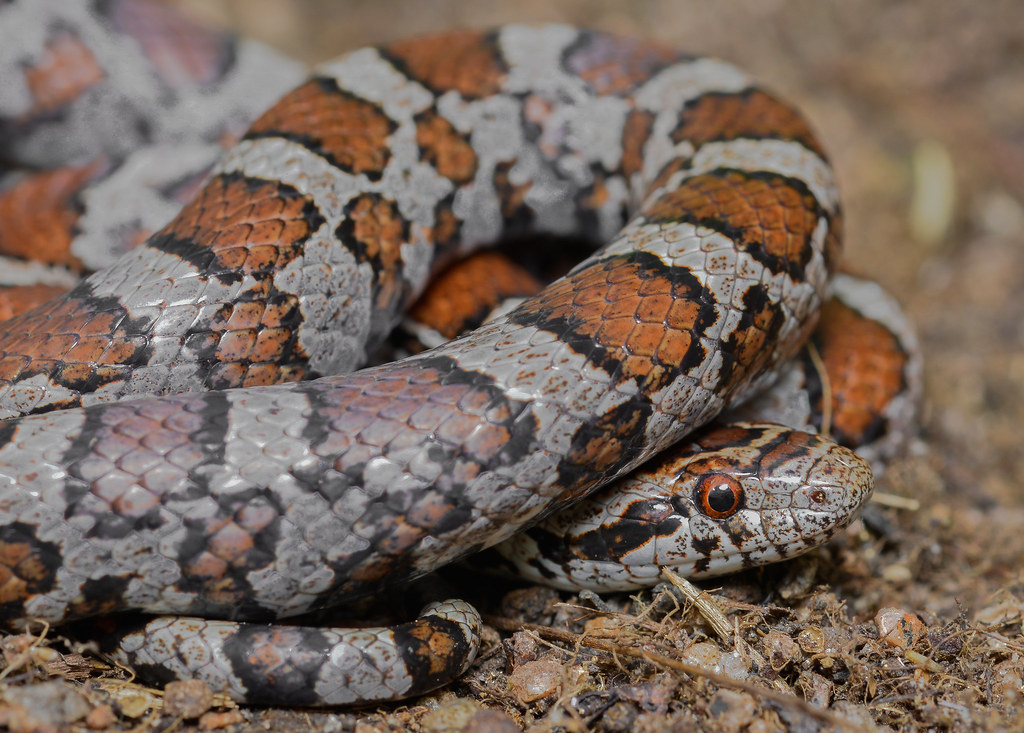
If frightened the milk snake will flatten its head a bit and strike repeatedly. Most adults reach a length of 36 inches and weigh any from 1 to 3 lbs. In term of its geographic location, it is found from southeastern Maine and southern Quebec to southern Minnesota, eastern Kentucky and western North Carolina. Unlike the Honduran Milksnake, the Eastern Milksnake has a generalist habitat, this milk snake is found in woodlands, meadows, pastures, at the edges of water courses, amidst talus, under artificial cover, and in many other habitats.
Reproduction And Life Span Of Milk Snakes
Milk snakes usually mate between March and May, depending on the subspecies of the milk snake. The mating usually begins when they come out of their brumation period, but they may occasionally mate in their winter dens. The mating process usually starts with the females first exiting the den and leaving a trail of pheromones once they begin to ovulate. The males pick up on the trail and follow it. Milk snakes usually copulate for hours, which is done to prevent rival males from trying to inseminate the ovulating females.
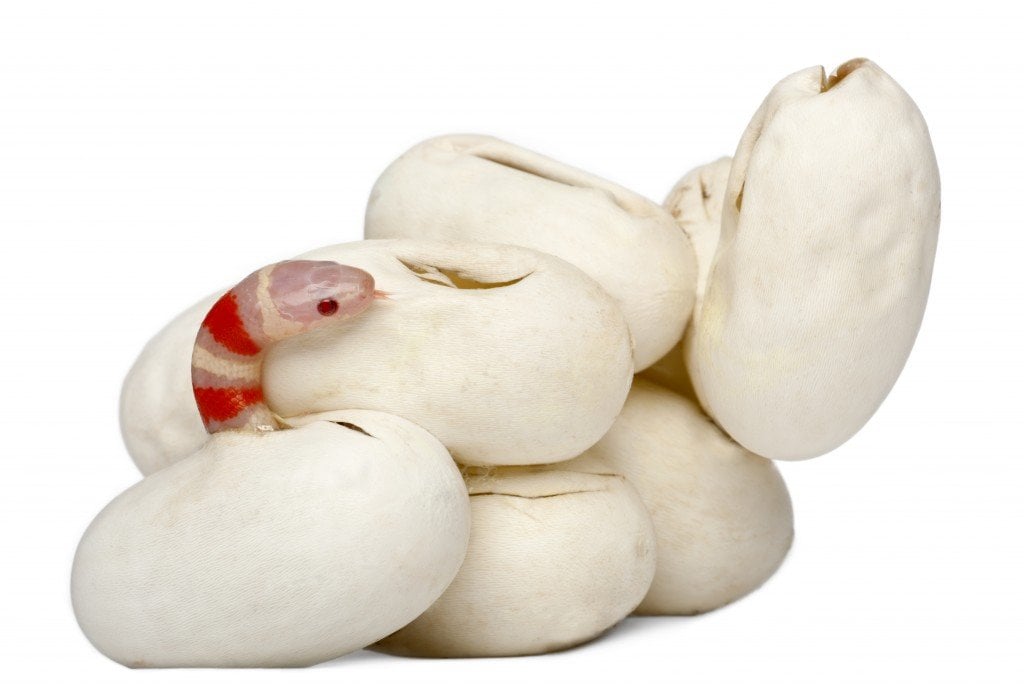
Milk snakes fall under the category of being oviparous, which means that the females lay eggs. Females usually lay between two and seventeen eggs after a gestation period of 30 days. The females prefer to lay their eggs in places like rotting logs, beneath logs, or buried in the soil. An ideal environment for incubation is usually a warm and humid place. The hatchlings can be born between six and seven inches in length, with a very bright colouration that dulls as they mature. The young ones usually prefer to feast on invertebrates before moving on to birds and mammals. They mature at around 3 to 4 years of age and have been recorded (in captivity) to have a life span of 22 years.
In conclusion, let’s end with a rhyme that helps to differentiate the coral snake from the milk snake; it goes something like this… “If red meets yellow, he’s a deadly fellow, but if red meets black, he’s a friend of Jack!”


